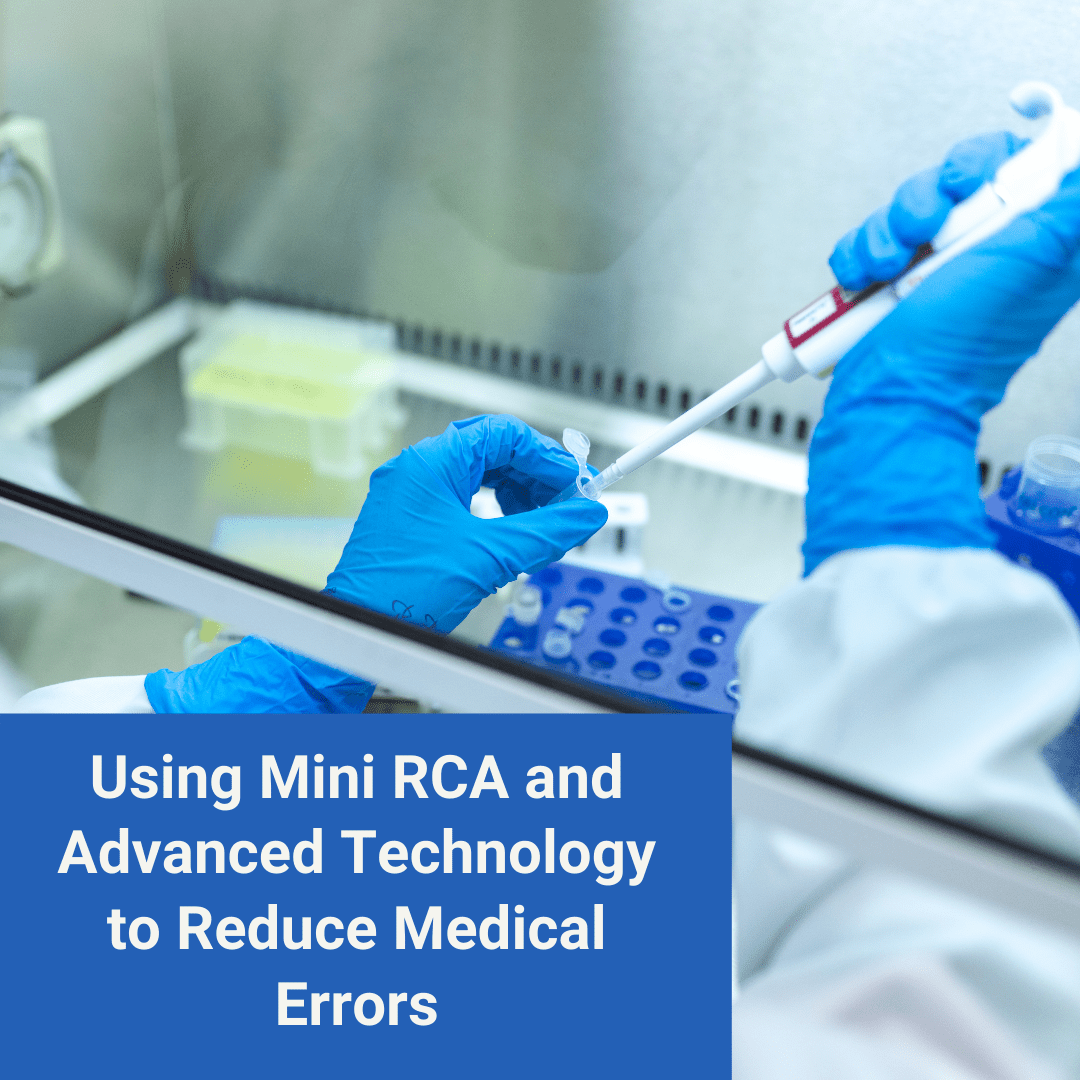
Using medications with patients is always thought to have more reward than risk, but medical errors can occur and cause harm to patients. Medical errors include omitting medicine, providing medicine to the incorrect patient, and giving the wrong dosage to a patient that ultimately causes unintended harm.
The Global Journal on Quality and Safety in Healthcare (JQSH) recently published a few articles on the topic of medication safety and how to prevent medication errors.
In an editorial entitled “Reducing Medication Harms: Thoughts and Strategies,” Dr. Ines Riberio-Vaz defines a medication error as “any preventable incident that can cause harm to the patient or lead to inappropriate use of medicines, when these are under the control of healthcare professionals or patients.” To deter medical errors from occurring the healthcare industry must keep record of medical errors and strategize how to reduce them moving forward.
Dr. Riberio-Vaz also comments on the article entitled, “Reducing Nonsentinel Harm Events Due to Medication Errors by Using Mini-Root Cause Analysis (RCA) and Action” by Ghada Hussain Al Mardawi, Rajkumar Rajendram, Souzan Mohammed Alowesie and Mufareh Alkatheri. In this article, the authors explain how to use a mini RCA2 as a quality improvement tool to reduce medication errors. In 2018, all medication errors that caused harm due to system failures were investigated and compared to similar errors that occurred the year prior. Drug name and error type were recorded to help review the medication errors made. The authors identified prescribing error to be one of the most common types of errors at their hospital (Riyadh, Saudi Arabia). Major changes to systems, policies, guidelines, work flow, awareness, and training were made in response to the analysis. The authors concluded that a mini RCA2 analysis can be used to reduce adverse drug effects and improve patient safety as well as hospital operations.
Technology also plays a significant role in reducing medication errors. Hospital staff are always on their feet moving to the next prescription or administering the next dose leaving too much margin for error. Recording the administration of the medication is just as important as the prescription being given. Having to go back to a desktop computer to import the information leaves time to be distracted, but having a portable computer allows the correct information to be input immediately. With the availability of strong Wi-Fi throughout a hospital, portable computers are becoming increasingly popular and are important in eliminating unnecessary medical errors.
All who are involved in prescribing, dispensing, and administering medication are responsible for patient safety. In addition to the recommendations above, additional ways to keep patients safe and minimize medical errors include minimizing clutter, verifying orders, being aware of look-alike sound-alike (LASA) drugs, and tracking errors.

 Previous Post
Previous Post Next Post
Next Post